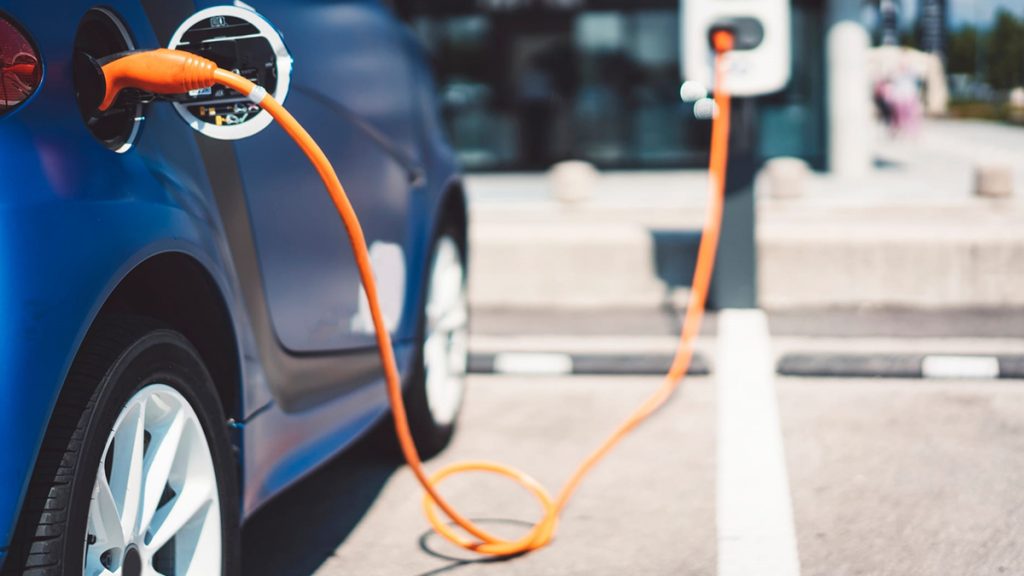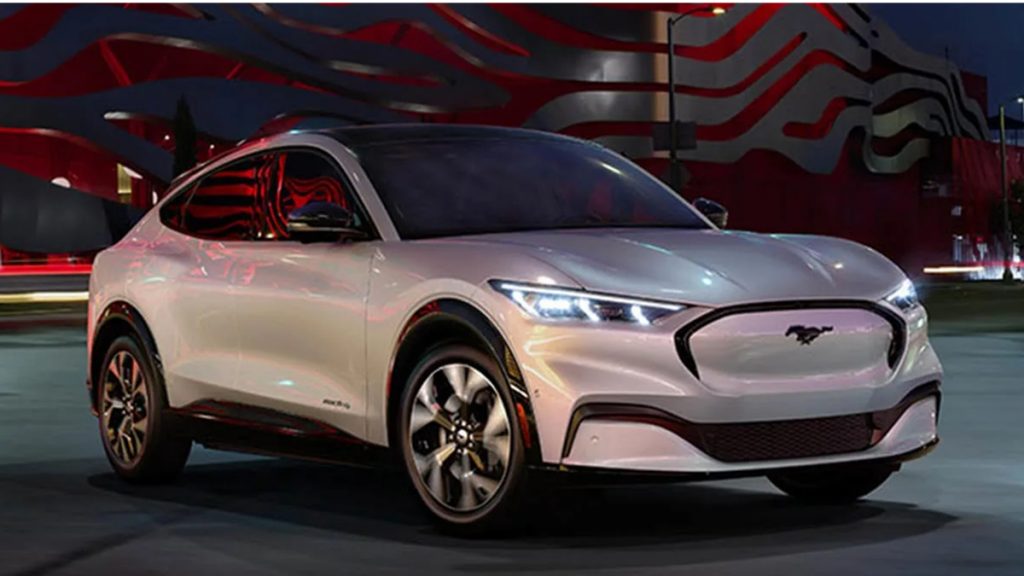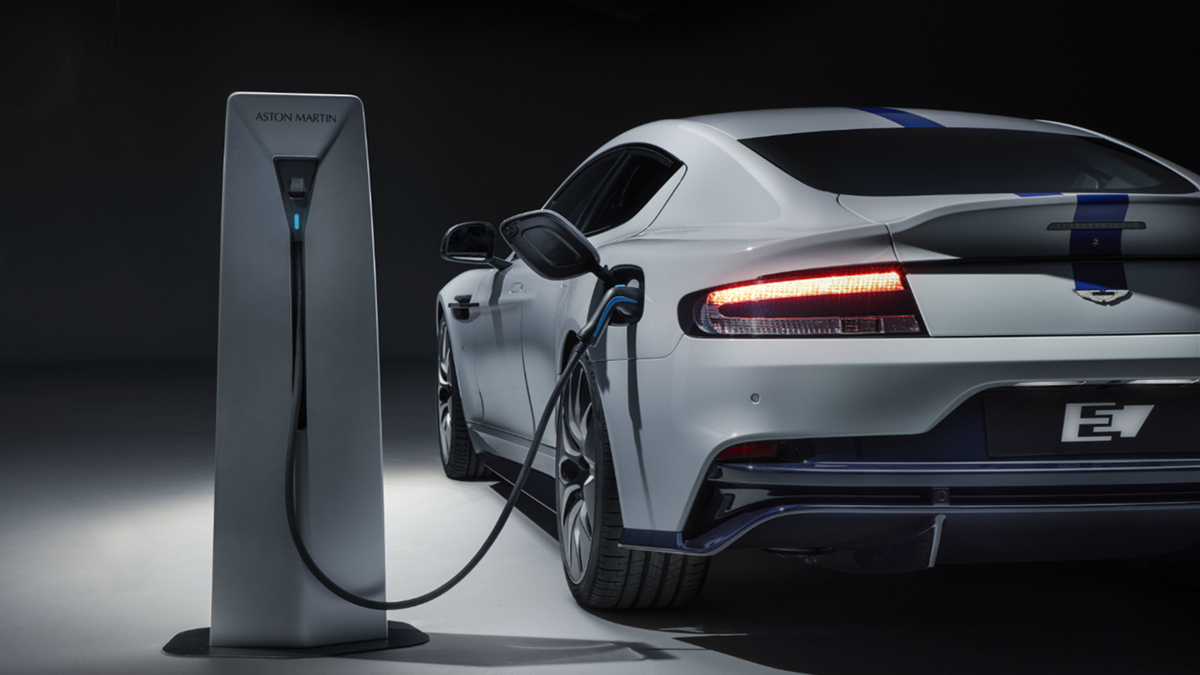Electric vehicles (EV) are one of the biggest inventions of our century. These vehicles are silent, pollution-free and are expected to make internal combustion engine vehicles obsolete by 2025.
The main feature that makes electric cars incredibly attractive and innovative is their induction motor, a system powered by a lithium-ion battery. Then, charging is an important aspect to take into consideration when one owns an electric vehicle.
Types of EV charging
These three types of EV charging equipment. Most EVs include Level 1 as a standard feature. This first level is typically plugged into a standard household outlet. The voltage corresponding to this level is 110 V and offers around 3.3 kW to the car. The battery is fully charged in 8 to 12 hours, making it the perfect option for overnight charging.

The next level usually offers 6.6 kW of power but requires between 220 and 240 V. Level 2 charging equipment needs to be installed by a professional and it can charge an EV in half the time of the Level 1 charger, between 3 to 4 hours. They are a great option for installing at home.
Level 3 charging equipment function with 480 V so it provides a very quick charging process, about 10 minutes. Due to its high voltage, they are not appropriate for private homes. They are commonly found in public places.
How to charge an EV
An electric vehicle is easy to charge. All you need to do is connecting it to a charging station through a charging cable. Despite many EV public charging points are free to use, most Level 3 and Level 2 chargers require payment. Prices are established according to the energy consumed or charging time, but a set fee for a charging session can be found as well.
Most countries have invested a lot of money in the infrastructure needed to offer charging stations in public places. However, if you prefer to feel more comfortable and safer, home charging options are also available.


